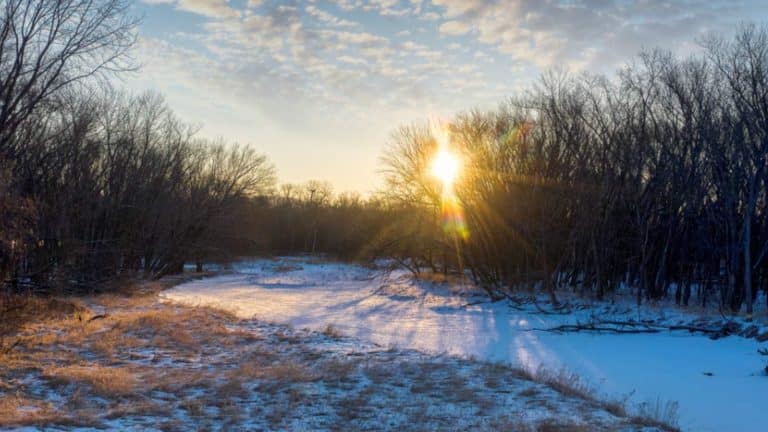
The Southeast has long struggled to meet its resident’s needs for energy efficiency retrofits and lower utility bills. The reason why the programs that meet those needs struggle to get off the ground is that many of our communities are historically and chronically under-resourced. But the Southeast Sustainable Communities Fund (SSCF) may start to change that.
SSCF is open to city and county municipalities from nine states in the Southeast and awards up to $300,000 per grantee for sustainability projects. The fund recently announced the winners of its inaugural year of grants. Six grantees were chosen this cycle – including several much-needed energy efficiency projects!
While multiple projects center on energy efficiency, they all employ slightly different approaches to achieving savings. Some focus on improving existing services, like in Buncombe County, North Carolina, where the proposed project will identify high-need homes to reduce peak energy demand driven by cold winter mornings. (Incidentally, Buncombe & Asheville recently set a goal for 100% renewables – way to go!) Other projects will leverage in-kind support to both improve existing services and add new ones. The Electric Power Board’s (EPB) energy efficiency process in Chattanooga, Tennessee will offer more energy efficiency options, provide Spanish language applications, and streamline the process, while also implementing new programs from the city’s climate action plan.
Many proposals reflect the energy burden on low-income households faced by many southern communities. Charleston, South Carolina addresses the market barrier of financing options for low-income households. Since most traditional financing tools aren’t accessible to low income households, the grantees will work directly with low-income community members to have them lead the problem-solving process. Huntsville, Alabama will address the same market barrier, but has opted for an approach rarely seen in energy efficiency: crowd-sourced donations. The funds from their Project Share program will be used to give free energy efficiency retrofits to low income customers who don’t qualify for financing options.
What does this mean for the Southeast? Well, for starters it means you should strap on your thinking cap! Communities are looking to lighten their energy burden, and are on the lookout for ways of doing so that are effective and acknowledge regional context. These projects can also demonstrate proof-of-concept for sustainability in the Southeast – it is important to see evidence of local projects that work.


